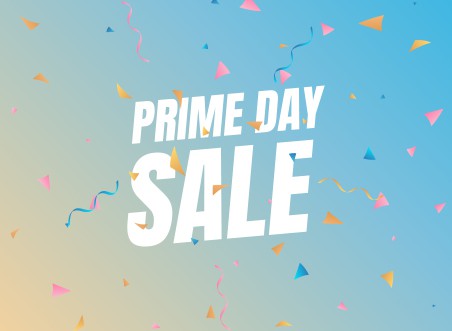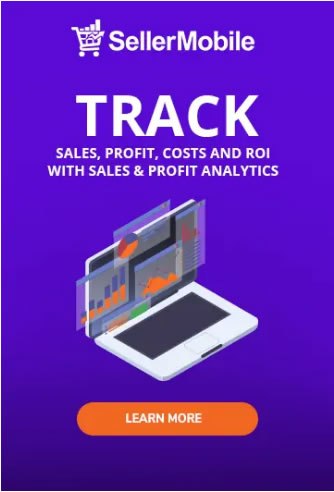With over a million of amazing deals, Prime Day is one of Amazon’s biggest shopping events of the year – it is like Christmas in July or Black Friday in summer. While it is still a couple of months away, you will want to be prepared to maximize your Amazon Prime Day profits. It is never too early to start planning so you can get the most out of Amazon moneymaking Prime Day traffic. In this post, we will take a look at the things you will want to do in the weeks or months leading up to Amazon Prime Day 2019. But, first, let us find out what Amazon Prime Day exactly is.
What is Amazon Prime Day?
Amazon Prime Day is Amazon’s very own Black Friday, offering gazillions of special deals exclusively to Prime subscribers. Amazon created Prime Day not just to yield more sales but also to multiply membership in its Amazon Prime membership program, which carries a $99 per year membership fee. In terms of revenue, the Amazon Prime Day generates even more sales than on Black Friday and Cyber Monday.
Although Amazon has yet to announce the official date for Prime Day, we can certainly expect that it will take place in mid-July and likely to span more than one day. Last year, Prime Day kicked off on 16th July and lasted 36 hours. In 2017, Prime Day began late on Monday and concluded early on Wednesday. (Don’t worry, we will keep you posted once we get updates on dates, deals and everything else.)
Amazon is likely to slash the biggest discounts off its own products and brands, such as the Echo smart speakers, Fire tablets and Fire TV streamers. In fact, you can already get some of the best deals in its device lineup a few days leading up to the Prime Day proper.
How can sellers benefit from Amazon’s Prime Day?
Considering the millions of shoppers across the globe flocking to Amazon, you need to step up your Prime Day game. Here are some tips on how you can maximize sales for Prime Day 2019.
Get your advertising strategies in order
The competition for ad space during Prime Day is much tougher. Amazon alone will start boosting its ads weeks prior the event. So, plan your budget and bids ahead of time. Look into Amazon’s advertising algorithm and consider raising your budget and bids weeks prior the event. But make sure to constantly monitor your daily budget and bids. The last thing you will want to happen is your ads disappearing right in the middle of the event.
Another smart move to make is to design a campaign particularly for Prime Day. You will also want to put your other sponsored ad campaigns on hold and prioritize your best performing keywords to bring in more traffic.
Optimize your detail page
Optimizing your details pages is an easy way to highlight your product. Since Amazon does not allow sellers to include anything that advertise price discounts or Prime Day specials to their product details pages, be sure to optimize your product detail pages for conversion. Start with high-quality images to grab customers’ attention. A good rule of thumb is to use 5-6 images so that customers can get a feel of your product from all different angles.
Then, optimize your title by incorporating relevant keywords and information in it. The longer and more detailed the title, the better. Next step is to use the bullet-point feature. This is a great place to add keywords and show what your product is all about. Finally, add in a description. Fill in this section with information as thoroughly as possible while keeping it simple and easy to read.
Offer special deals
Assuming you are fully optimized and deals are least likely to be approved at this point, try giving discounts in “unofficial” deals. Even though you are not running a Prime Day deal, you still have a good chance to generate sales across SKUS that were discounted.
A lot of sellers who had tried this strategy in the previous Prime Day events experienced a huge halo effect from Prime Day sales bumps. Not only did their sales remain high for weeks following the event, their organic rankings climbed up significantly for several weeks.
Reprice your inventory
While you may think that it’s not necessary, you have to carefully plan your pricing strategies in advance. The Prime Day offers the best opportunity to reprice some of your inventory. However, never increase your retail price just to show a bigger discount. Customers nowadays do price research before they shop so just don’t do it.
Sellers who manipulate their list price to trick people of receiving huge savings are more likely to reduce potential sales. The key here is to competitively reprice your products to maximize your profits. Now, if you can’t slash off your prices, then be sure your product highlights all the qualities that could win a customer’s business.
Ready for Amazon Prime Day 2019? Action these simple steps and brace yourself for a busy one. As with anything, keep in mind that your ultimate goal this Prime Day is not solely about bringing in massive sales but also improving your brand’s reputation across the marketplace.





